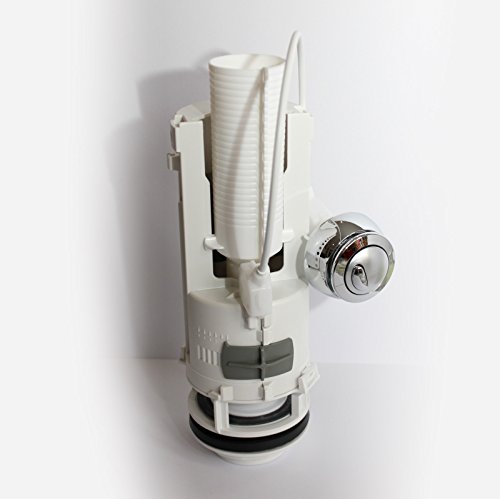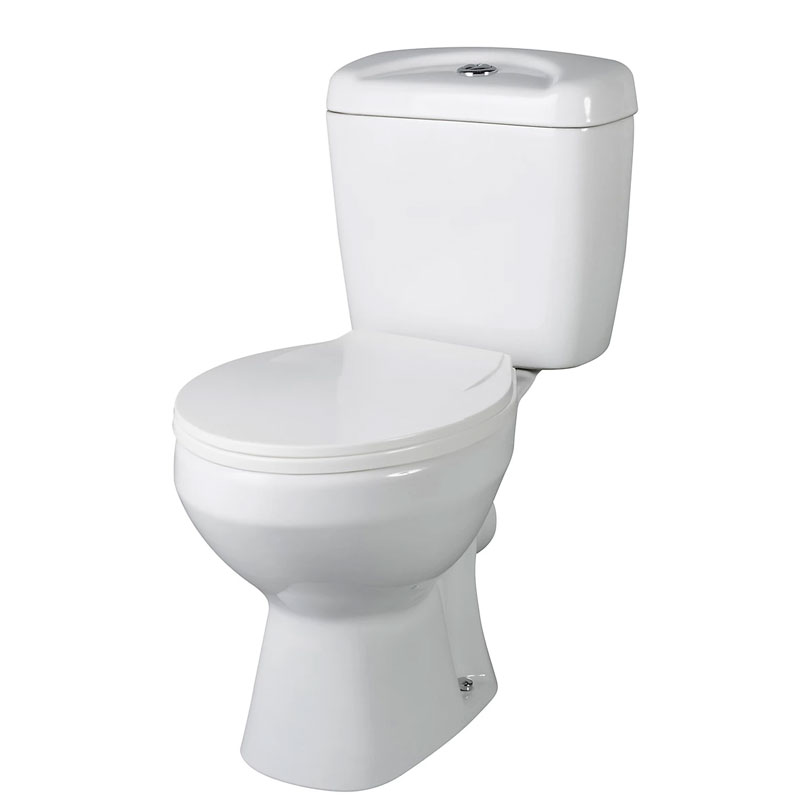How to fix a toilet that won't flush with this expert guide
Knowing how to fix a toilet that won't flush will get it fully operational and ready to use again without the cost of calling out a professional
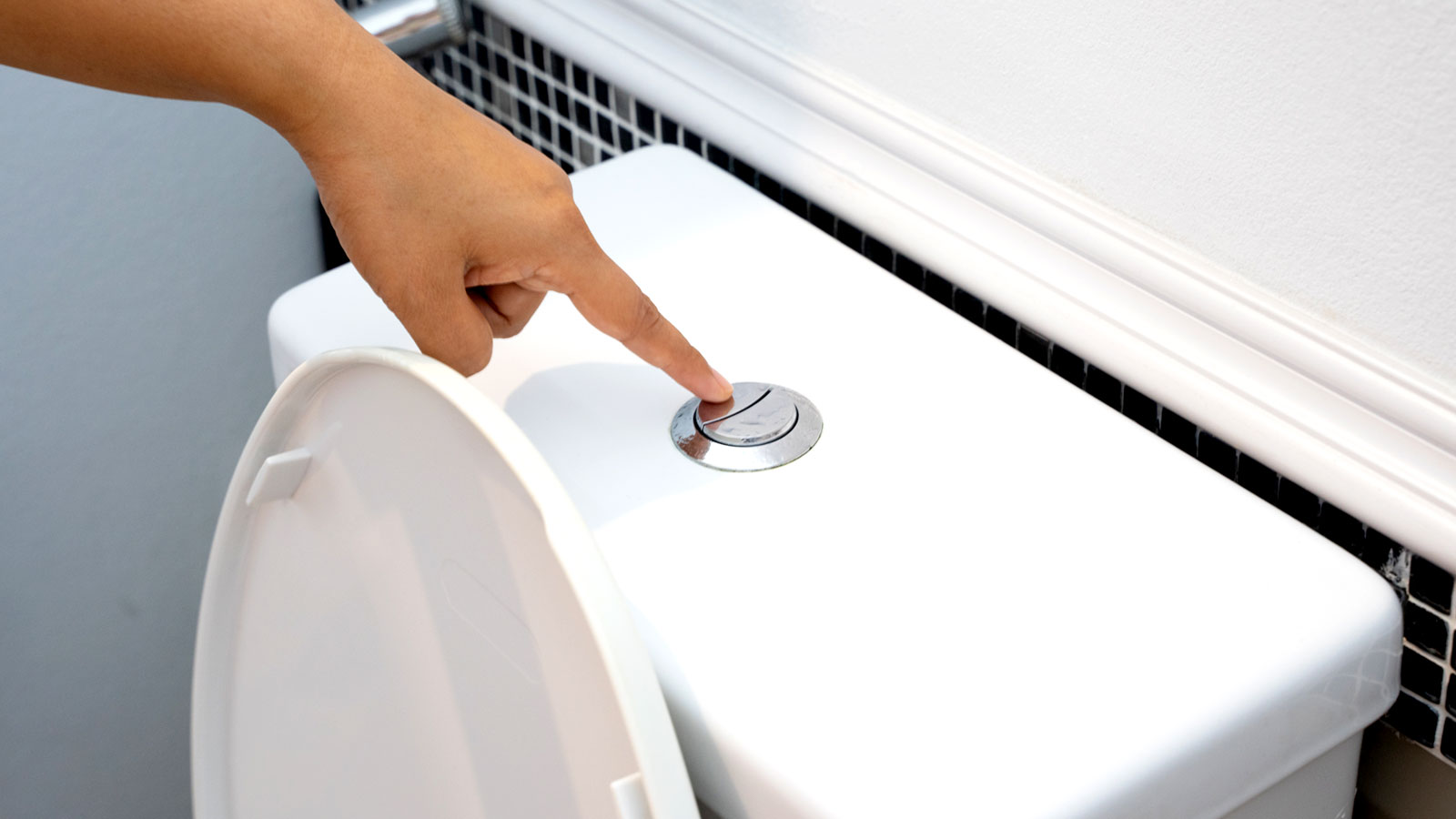
When your toilet stops flushing you’ll be happy that you know how to fix a toilet that won’t flush. And that's what you will find in this DIY guide – the know-how to get your toilet back in working order as quickly as possible. And save yourself the cost of calling out a professional.
Whatever type of toilet you have, the reasons for it not flushing will be very much the same. However, how you fix it can vary slightly from toilet type to toilet type, but in principle it's the same process. Here the experts give you an insight on the common fixes and how much you can expect to pay if you have to call out a professional.

David has worked in the plumbing industry for over fifteen years. David has worked on countless domestic and commercial projects as a plumbing expert and gas-safe engineer. David also works closely with MyJobQuote to provide expert plumbing knowledge to homeowners, tradespeople and news outlets.
Reasons why a toilet won't flush
If your toilet stops flushing there can be a number of reasons, as David Cruz, plumbing expert at MyJobQuote shares, “Your toilet won’t be able to flush if there isn’t enough water in the cistern.” He adds, “If the water is low, this can be because the fill valve is faulty or the level on the valve is set too low and needs adjusting.”
He goes into more detail on what could be wrong, “Typically, there is a component known as a flapper that releases water from the cistern into the bowl, when you flush.” He adds, “If this is gunked up or furred up with limescale, it may jam shut, stopping your toilet flushing.”
While a faulty flapper is a common cause, it's not the only reason as Cruz shares, “Surprisingly, clogged drains can stop toilets flushing properly.” He adds, “There may not be anything stuck in your toilet bowl but if the water level in your bowl is unusually high while the water level in your cistern is low, this indicates there’s a blockage somewhere along your drainline.”
Try these to help solve your toilet flush issues
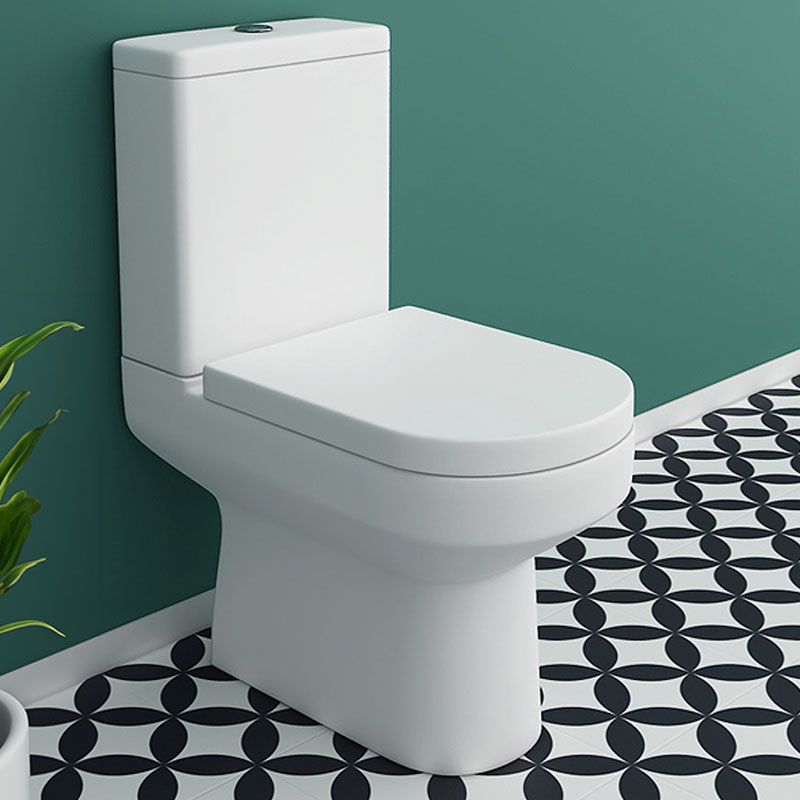
A neat and compact close coupled toilet. It has a rimless design and is supplied with a wrap-over seat that has soft-close hinges.
How to fix a toilet that won’t flush
How you fix a toilet that won’t flush will depend on the reason behind the problem. If it’s a more serious problem then a professional may need to be called as Cruz shares, “If you suspect there’s a blockage somewhere along your drainline, it’s best to call out the experts to get it unblocked.”
However, if the problem is restricted to the toilet it will be simpler to fix. First you‘ll need to identify the issue as Cruz explains, “If the water level in your cistern is low and you don’t have a drain blockage, it might be because your fill valve level needs adjusting.”
Fix 1: Raise fill level
There is typically a common solution as Cruz continues, “In most cases all you need to do is take the lid off your cistern and look for the float arm.” He adds, “There should be a plastic screw on this, which can be turned to raise the fill level up.” To finish he says, “Ideally, the water level should come to just below the top of the overflow pipe.”
Fix 2: Clean/replace flush valve unit
If the problem is not the fill level, then it is most likely the main flush valve unit that is causing an issue. Cruz says, “To find out whether the flapper on your flush valve is stuck, you’ll need to find the isolation valves (like these Pipestation 15mm Isolation Valves from Amazon) on your toilet’s supply pipe and turn the water off.”
The next part is when it might start to get a bit more messy. Cruz says, “You may need to don some rubber gloves for the next bit as you’ll need to go inside your cistern and locate the flush valve unit.” He adds, “This is the plastic unit that sits centrally in your cistern.”
To remove the flush unit Cruz says, “It should twist or pull out. When you do this, you may find that water gushes into the toilet bowl. Don’t worry, this is normal.”
Now it's time to see where the problem lies. Cruz says, “Once you've removed the flush valve, turn it upside down to take a look at the bottom section.” He adds, “This is the flapper. It should move up and down freely. If it doesn't, try cleaning it as gunk can stop it from working.”
Use a kitchen scourer to get rid of gunk and limescale. For the more difficult to reach areas you can use an old toothbrush. However, this might not solve the problem so you’ll need to replace as Cruz explains, “If this doesn't fix it, you’ll need to take this section with you to the DIY store to get a replacement. These tend to cost between £10 and £20.”
FAQs
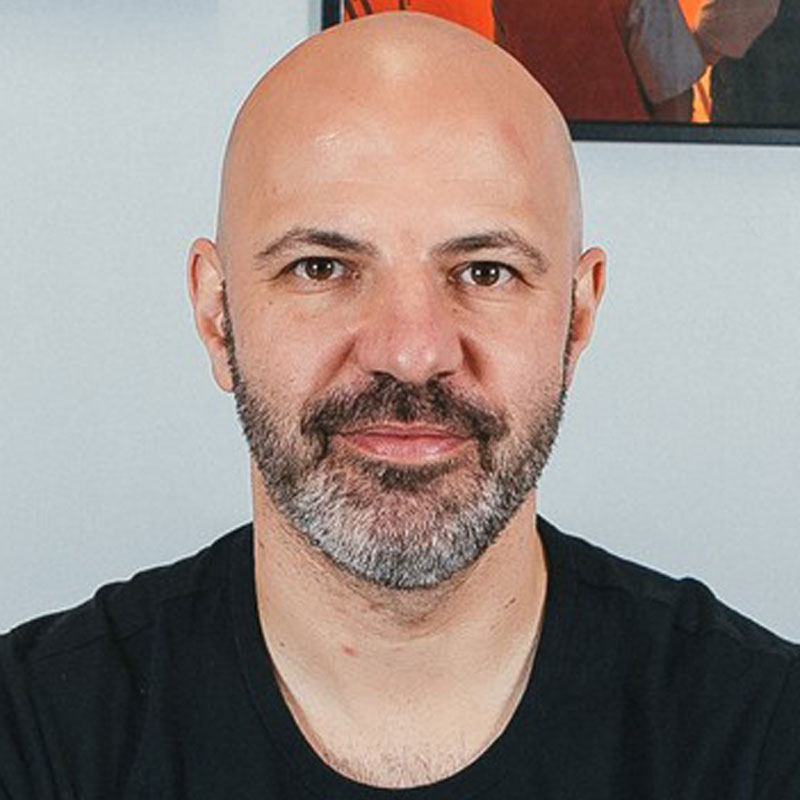
Matthew Powell created WarmZilla in 2018, having forged a successful career as a heating engineer over many years. WarmZilla is redefining the boiler purchasing and installation process and also specialise in repairs, home cover and all aspects of domestic heating.
How can I flush a toilet that’s not flushing?
It's annoying when a toilet won't flush, but you don't need to wait until it's fixed as there are ways you can manually flush a toilet until its sorted, as Matthew Powell, Owner of WarmZilla shares, "If the flush handle isn’t working, the first thing to do is check inside the toilet tank. Lift the lid and see if the chain is disconnected from the flush lever or if the siphon isn’t sealing properly."
He adds, "You can manually lift the siphon from the middle, gently, which will then create the siphonic action, manually. Hopefully, you can just reconnect the chain to the handle if it has come loose."
An alternative option is to bucket flush as Powell explains, "Fill a large bucket with at least a gallon of water and pour it quickly and forcefully into the toilet bowl. This should create enough pressure to push the waste through the drain, simulating a normal flush. This is especially useful when there’s no running water, but the toilet is still functional."
There may be a more serious issue such as a blockage. For this Powell says, "Try a plunger, this may help clear the obstruction." He adds, "Make sure to use a flange plunger, which is designed for toilets. Press it firmly over the drain hole and plunge up and down several times to dislodge any clog." But if its a stubborn blockage, Powell suggests an alternative, "If this doesn’t work, you may need to use a hard wire to break up tougher blockages. Good luck!" Or you can use a drain snake/toilet auger.
If you’ve tried these methods and your toilet still won’t flush, it might require a professional repair.
How much does a plumber charge to fix or replace a toilet?
The cost to repair/fix a toilet will depend on a number of factors as Powell shares, "The cost of repairing or replacing a toilet depends on the nature of the problem, the type of toilet, and labour costs in your area."
He says, "For minor issues like replacing a siphon, ball valve, handle, or chain, a plumber may charge between £50 and £100." He adds, "If your toilet is constantly running or not refilling properly, the cost could range from £80 to £150, depending on whether parts like the fill valve or flush mechanism need replacing."
As you might expect for more complex problems that price goes up as Powell shares, "Fixing a leaking toilet base or unclogging a severe blockage, can cost £100 to £250. These repairs often require more time and expertise, especially if the toilet needs to be removed and resealed."
If you decide its time for a new toilet Powell says , "Expect to pay between £100 and £250 for labour alone."
He finishes with some wise advice, "For accurate pricing, it’s always best to get a quote from a qualified plumber. If your toilet is frequently causing issues, replacing it with a more efficient model might be a cost-effective solution in the long run."
Fixing a toilet flush valve is a cost effective option to replacing a toilet. But it could be time to fit a new toilet. Check out our toilet dimensions and downstair toilet ideas guides to help you decide which will be best for your home. Read our new toilet cost guide to see how much you can expect to pay.
Get the Homebuilding & Renovating Newsletter
Bring your dream home to life with expert advice, how to guides and design inspiration. Sign up for our newsletter and get two free tickets to a Homebuilding & Renovating Show near you.
Steve Jenkins is a freelance content creator with over two decades of experience working in digital and print and was previously the DIY content editor for Homebuilding & Renovating.
He is a keen DIYer with over 20 years of experience in transforming and renovating the many homes he has lived in. He specialises in painting and decorating, but has a wide range of skills gleaned from working in the building trade for around 10 years and spending time at night school learning how to plaster and plumb.
He has fitted kitchens, tiled bathrooms and kitchens, laid many floors, built partition walls, plastered walls, plumbed in bathrooms, worked on loft conversions and much more. And when he's not sure how to tackle a DIY project he has a wide network of friends – including plumbers, gas engineers, tilers, carpenters, painters and decorators, electricians and builders – in the trade to call upon.
